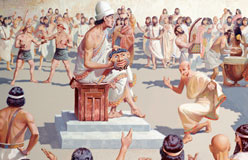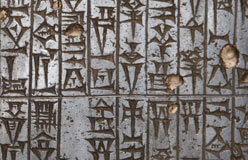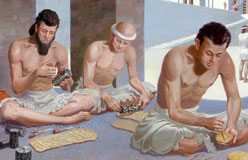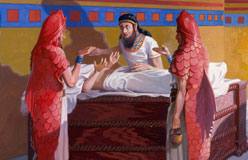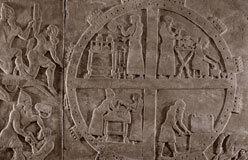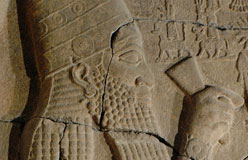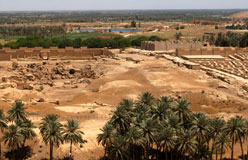In the heart of modern-day Iraq, between the Tigris and Euphrates Rivers, lies a dry, flat, hot plain.
There’s not much for tourists to see. But buried under its sandy mounds are what’s left of Mesopotamia. That name means “the land between two rivers.” Scholars call Mesopotamia “the cradle of civilization.” It’s where the first cities started from nothing.
Before there were cities, there were farming villages. And before there were villages, bands of humans searched the plain for plants and animals to eat. About 12,000 years ago, some of the hunters and gatherers found that the seeds they had been eating could be planted. That would let them grow more food. Soon these people settled in villages. They grew crops and raised animals. Some of the first permanent settlements were at the foot of the mountains, east and north of Mesopotamia. When the soil wore out, the farmers moved to the plain. The rivers overflowed every year. That kept the soil rich. There wasn’t much rain, so farmers had to channel river water to keep the fields wet. Such projects required cooperation, planning—and leadership.
Villages grew into cities, which sometimes fought with one another, if their leaders said so. For thousands of years, civilizations rose and fell on the plain of Mesopotamia. What were the cities like?
